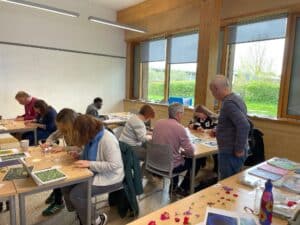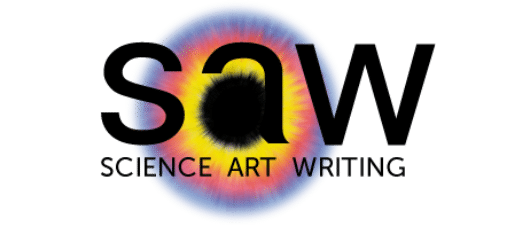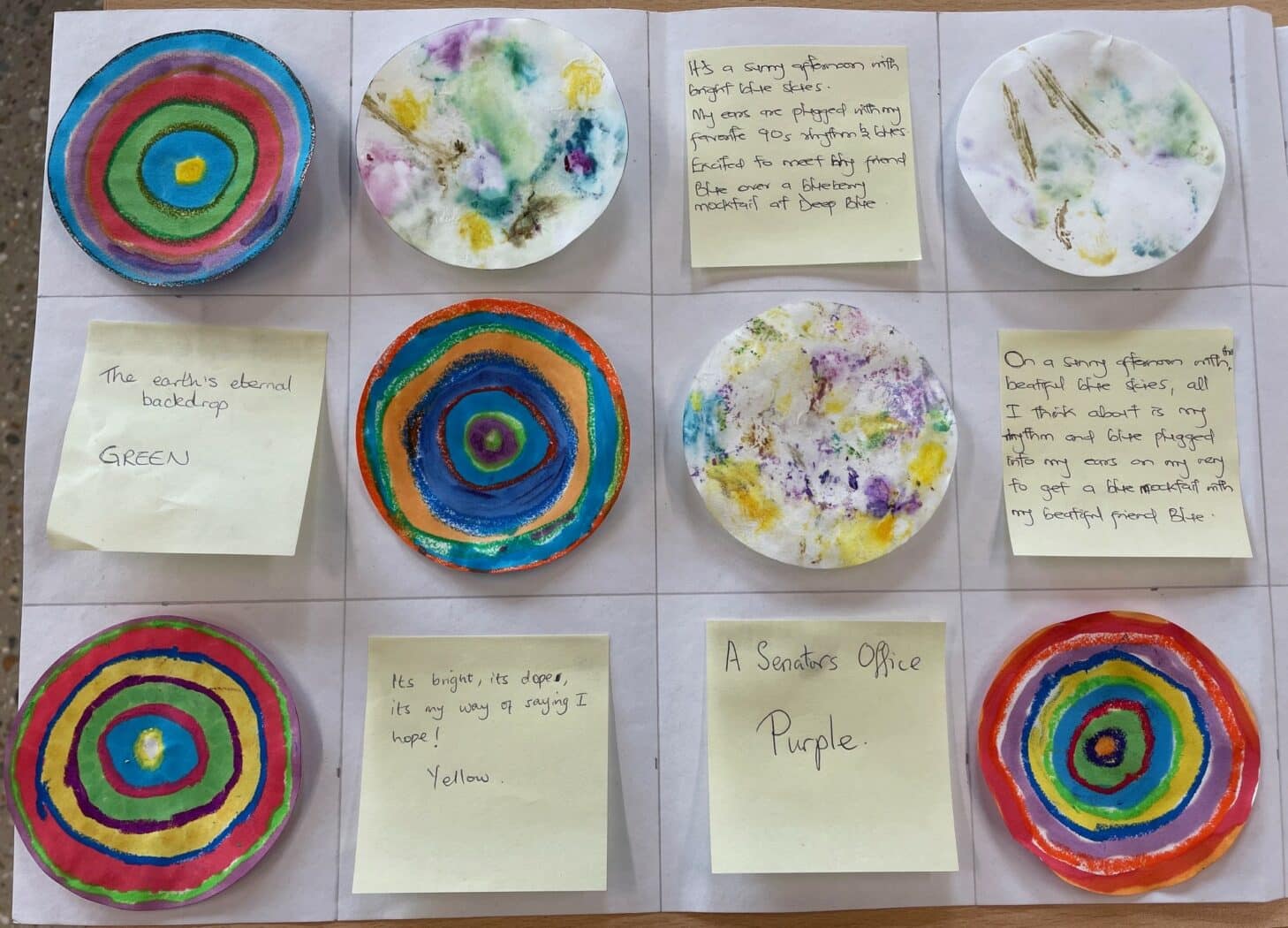We were delighted to be asked to run a workshop at the Sci Comms East Annual Conference this year. The conference, which is in its fifth year, provides delegates with an opportunity to hear engaging talks from experts and join a variety of interactive workshops on effective science communication.
Held at the Enterprise Centre at the University of East Anglia, this year’s presentations covered a wide range of topics, from engaging with different audiences, sharing research through social media, creating science board games and the power of storytelling to evaluating the impact of your outreach work.
The Science Art and Writing Trust: Science served 3 ways
Over the years we have delivered sessions on many different science topics so it was hard to know which one to pick to focus the session on but with our roots being at the John Innes Centre, we decided to go with one of our favourite topics – Plants!
Joined by SAW artist Chris Hann to co-lead the session, we delivered a workshop entitled The Science Art and Writing Trust: Science served 3 ways! We only had 90 mins to give our participants an insight into combining science into writing and through to art, with a series of fun, hands-on activities.

We began by looking at the power of intriguing science images to draw people in as a springboard into the session. We had a selection of colourful flowers for people to choose from to do a simple colour extraction method, using clear acetate sheets and filter paper. Participants extended their colour palettes using acids and alkalis, creating some beautiful outputs. From here we looked at what colour means in nature and society, and our emotional connections to colour. This formed the basis of the writing exercise, just a post-it notes worth of text to make it short, snappy and accessible to all.
Finally, we explored the use of colour in art and took inspiration from Kandinsky’s famous piece ‘Squares with concentric circles’. Playing around with oil pastels and Brusho® to create concentric circles with colour compositions and depth.
We combined the outputs into grids to finish with a collaborative art piece fit for display!
The session involved lots of chat and discussion on cross-disciplinary approaches to sci comm, and the extended and sometimes unexpected benefits it can bring, as people widen their networks, skill set and confidence to explore new things.
We hope we have inspired some creative ideas for participants to play with in their future sci comm adventures!

